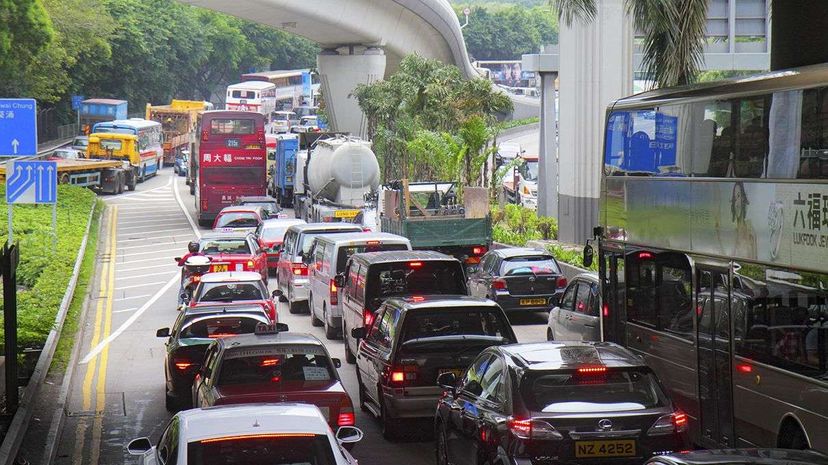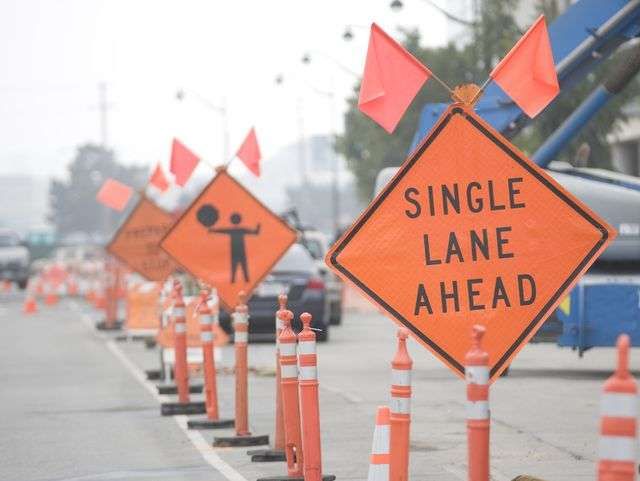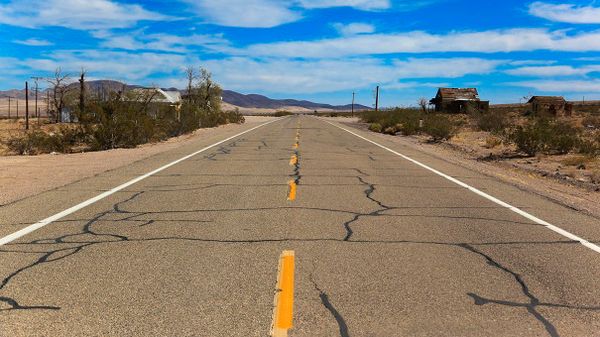
If you're old enough to drive, you're old enough to have some thoughts about the best way to merge into highway traffic when your lane is ending or closing due to a wreck or road work. When you see the big, orange "LANE CLOSED IN 1000 FT" sign, you've got a couple of options:
- Immediately turn on your blinker and wait until somebody in the next lane lets you in.
- Just stay in your lane and wait for all the polite people to get out of your way before zooming to the front of the line and merging when the lane closes. Watch as people who merged early rage in your general direction.
To most people, the first option seems more courteous and patient — less selfish. But study upon study proves the upstanding early-mergers among us are just creating a single long, slow line of traffic that's not only frustrating for drivers, it's inefficient because it minimizes the amount of usable road — and it even causes accidents.
Advertisement
What we all should be doing is called the "zipper merge," or Reißverschlusssystem, as the Germans call it. In this system, every car in the lane that's ending drives all the way up to the front of the line and takes turns merging with the other lane of traffic. (From above, it looks a bit like teeth on a zipper coming together.) Because the system uses all the available road space for as long as possible, it cuts congestion by 40 percent. It also reduces crashes because all the traffic is moving at the same rate of speed rather than some cars going very fast while others poke along.
The problem is, of course, our driving habits are baked in pretty deep. It seems pushy and unfair to rush to the front of the line, so we all agree to spend hours in a single, congested line of traffic when there's a perfectly good lane right next to us we're afraid to use because somebody might give us the finger. But some states are shelling out big bucks to actually retrain their drivers to use the zipper merge: Colorado and Minnesota have been working on it for more than a decade, while Washington, Missouri and Kansas have all endorsed the system, and Missouri started its own education campaign in 2016.
Like all well-intentioned systems, though, the effective zipper merge requires that all drivers are on the same page, and when's the last time that happened? We'll see if this efficient, safe merging technique can find a place in our traffic habits, or, as Minnesota Radio's Bob Collins suggests, "The zipper merge is going to be this century's conversion to the metric system in the '70s. Great idea, made perfect sense, and was dead on arrival."

Advertisement


